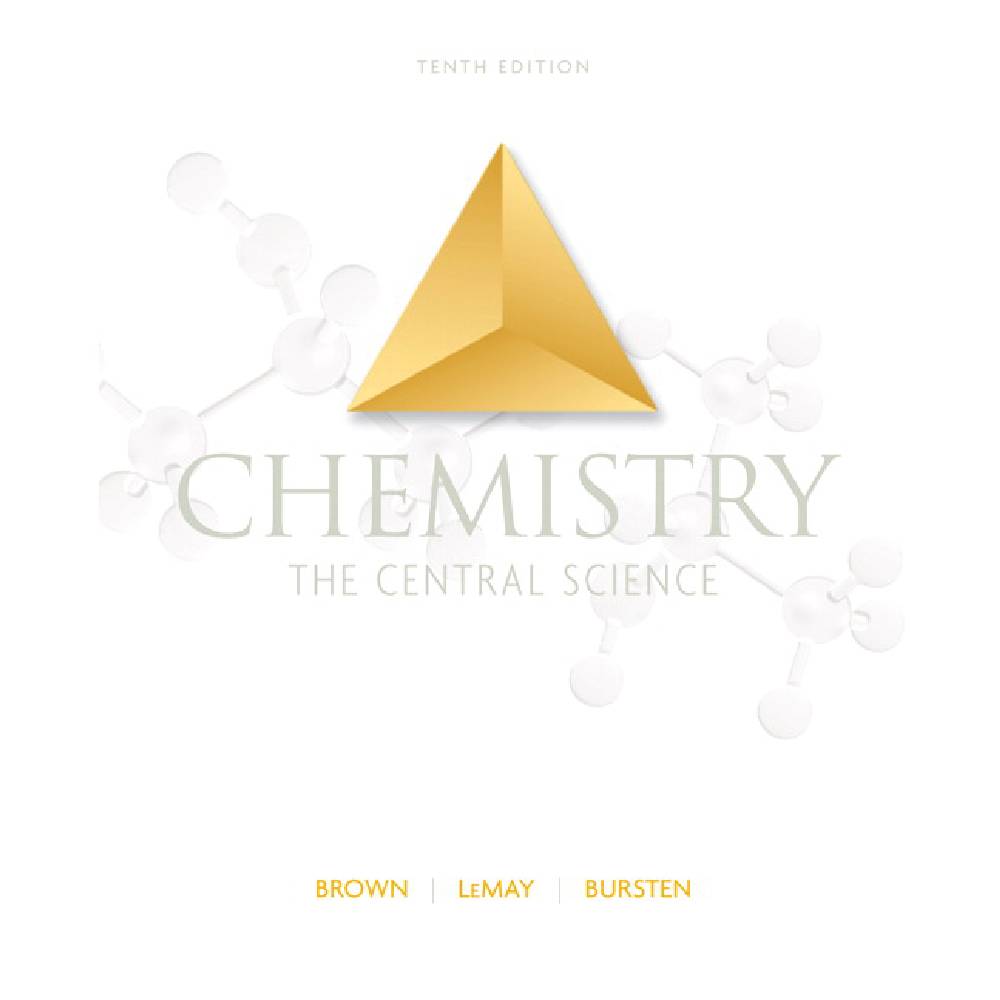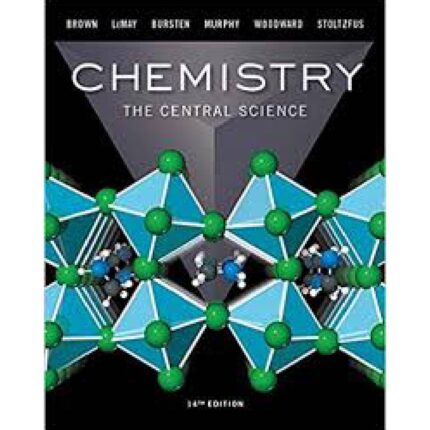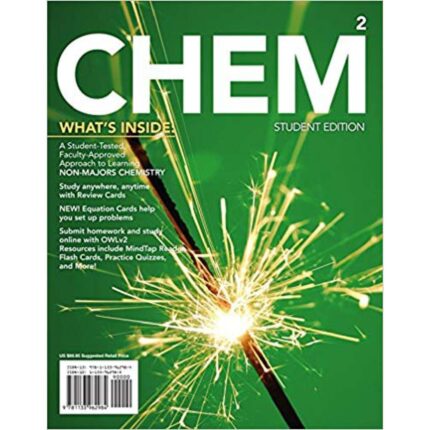MULTIPLE CHOICE. Choose the one alternative that best completes the statement or answers the question. 1) Hydrogen bonding is a special case of __________. 1) A) ion-dipole attraction B) London-dispersion forces C) dipole-dipole attractions D) none of the above E) ion-ion interactions Answer: C
Explanation: A) B) C) D) E) 2)
Which statements about viscosity are true?
(i) Viscosity increases as temperature decreases.
(ii) Viscosity increases as molecular weight increases.
(iii) Viscosity increases as intermolecular forces increase. 2) A) (i) only B) (i) and (iii) C) (ii) and (iii) D) none E) all Answer: E
Explanation: A) B) C) D) E) 3)
What portion of the volume of each atom or ion on the face of a unit cell is actually within the unit
cell? 3) A) 3/4 B) 1/4 C) 1/2 D) all of it E) none of it Answer: C
Explanation: A) B) C) D) E)
4)
Based on the figure above, the boiling point of diethyl ether under an external pressure of 1.32 atm
is ________°C. 4) A) 20 B) 0 C) 10 D) 30 E) 40 Answer: E
Explanation: A) B) C) D) E) 5)
What fraction of the volume of each corner atom is actually within the volume of a face-centered
cubic unit cell? 5) A) 1 B)
1
2
C)
1
4
D)
1
8
E)
1
16 Answer: D
Explanation: A) B) C) D) E) 6)
Ethanol (C2H5OH) melts at -114°C. The enthalpy of fusion is 5.02 kJ/mol. The specific heats of
solid and liquid ethanol are 0.97 J/g-K and 2.3 J/g-K, respectively. How much heat (kJ) is needed to
convert 25.0 g of solid ethanol at -135°C to liquid ethanol at -50°C? 6) A) 207.3 B) 9.21 C) -12.7 D) 6.91 E) 4192 Answer: D
Explanation: A) B) C) D) E)
7) C12 H26 molecules are held together by __________. 7) A) ion-ion interactions B) dispersion forces C) hydrogen bonding D) ion-dipole interactions E) dipole-dipole interactions Answer: B
Explanation: A) B) C) D) E) 8) The predominant intermolecular force in CaBr2 is __________. 8) A) dipole-dipole forces B) London-dispersion forces C) ion-dipole forces D) hydrogen bonding E) ionic bonding Answer: E
Explanation: A) B) C) D) E) 9) What is the predominant intermolecular force in CBr4? 9) A) hydrogen-bonding B) ion-dipole attraction C) ionic bonding D) dipole-dipole attraction E) London-dispersion forces Answer: E
Explanation: A) B) C) D) E)
12)
A gas is __________ and assumes __________ of its container whereas a liquid is __________ and
assumes __________ of its container. 12) A) compressible, the shape, not compressible, the volume and shape B) condensed, the volume and shape, condensed, the volume and shape C) compressible, the volume and shape, compressible, the volume D) condensed, the shape, compressible, the volume and shape E) compressible, the volume and shape, not compressible, the shape of a portion Answer: E
Explanation: A) B) C) D) E)













Reviews
There are no reviews yet.